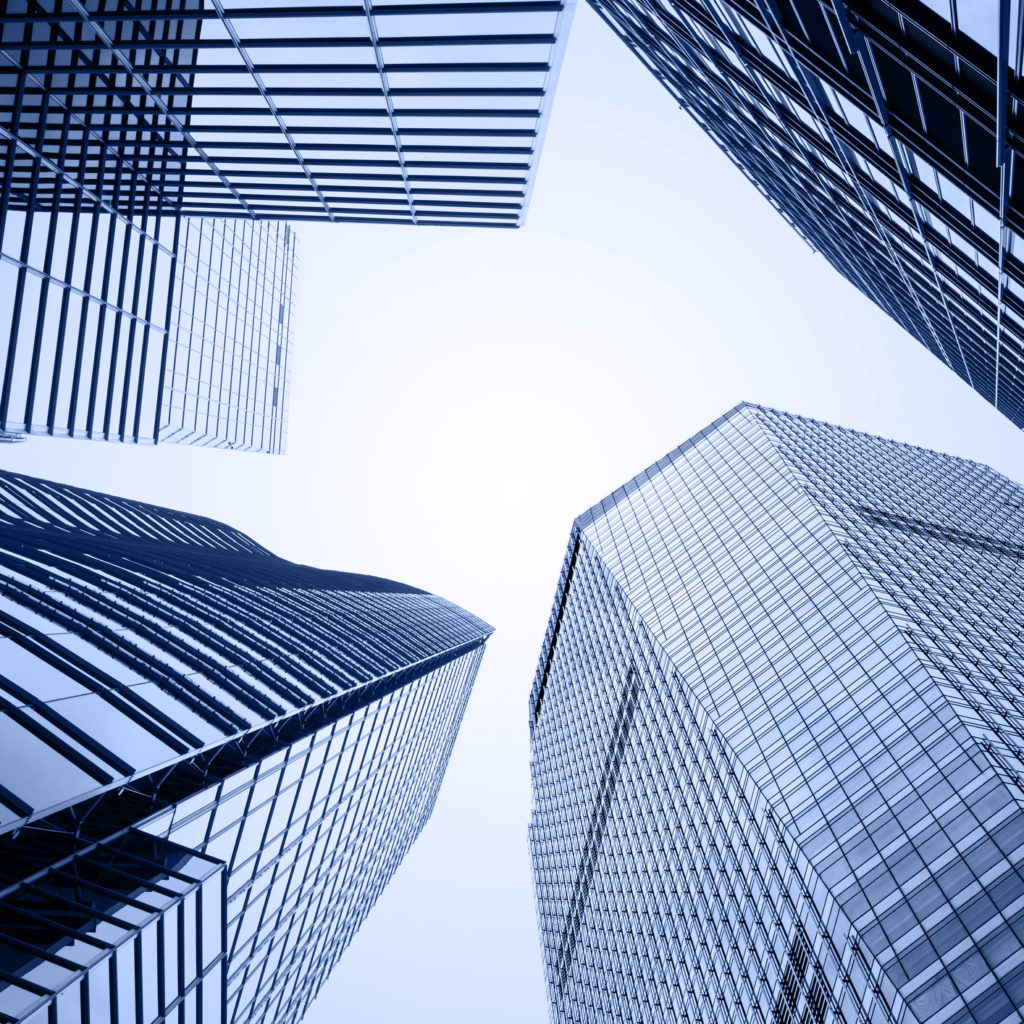It’s not enough anymore to put a recycling can in the break-room and LED light bulbs in your desk lamp in order to say a company is environmentally conscious. According to the US Department of Energy, commercial buildings account for 35 percent of US electricity consumption. That number, along with other environmental factors is what’s pushing a long term shift towards commercial real estate sustainability.
Green is the New Black
According to Deliotte LLP, an estimated 40 to 48% of new non-residential construction by value will embed sustainable building practices. Navigant Research says that energy efficient buildings, worldwide, will generate nearly $623 billion dollars in annual revenue by 2023. From a tenant perspective, greener designs reduce operating costs and are attributed to more productive workers. Many CFOs surveyed said they also feel the pressure to fulfill corporate environmental and social responsibility goals by going green.
Retrofit Energy Efficiency
Since the availability of new green buildings is considerably small compared to buildings built before 1990, many are pushing to retrofit spaces to become more energy efficient. The tax incentives (the IRS provides a tax deduction of up to $1.80 per sq. ft. for energy efficiency retrofits) are appealing. The money saved is also beneficial, the famous Empire State building in New York has saved $7.5 million dollars over three years by retrofitting the 103 story skyscraper. During this decade, it is estimated that energy efficiency retrofits will total $190 million dollars. However, retrofitting has been slow to catch on, mostly because retrofit returns are unique to each building and depend on local factors such as subsidies and electricity costs. However, Navigant Research estimates that global revenue for energy efficiency commercial building retrofits will be $127.5 billion in 2023.
Creative Sustainability Ideas
Asphalt urban rooftops are being replaced by sustainable gardens. PECO Energy in Philly has 45,000 square foot green roof that it estimates keeps 1.6 million gallons per year of rainwater out of the city’s aging sewer system. Hospitals, hotels, and even residential buildings are offering rooftop gardens.
Building on solar panel energy, Tesla Motors and SolarCity will soon produce a stationary battery to power a house for up to a week. Using rooftop solar panels fitted with Tesla’s battery packs, customers can keep excess energy harnessed in-house; think of it as a back-up generator or your own personal utility grid.
“Investment in Less”
Greater transparency in most aspects of business is both allowing and pushing companies to explore more cost effective strategies. By investing in energy efficient offices, companies can keep the largest source of its operating expenses down.

